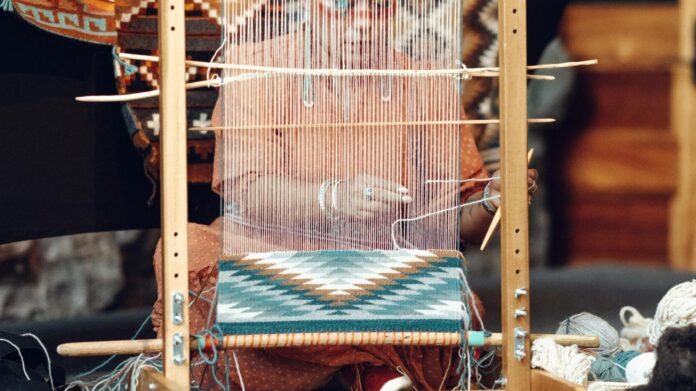“The Revival of Sri Lanka’s Handloom and Craft Traditions”
In a world driven by fast fashion and mass production, Sri Lanka’s handloom and craft traditions are experiencing a quiet but powerful renaissance. For centuries, Sri Lankan artisans wove stories into thread, carved identity into wood and shaped culture through clay. These traditions survived kingdoms, migration and colonization, but nearly collapsed in the late 20th century under the pressure of industrialization and imported goods. Today, however, a new generation of designers, entrepreneurs and villagers is breathing life back into the island’s handmade heritage, transforming it from a fading memory into a symbol of sustainable creativity and national pride.
Among the oldest of these traditions is Dumbara weaving, an indigenous textile craft from the valleys near Kandy. Recognizable by its geometric patterns and earthy tones, Dumbara was once the fabric of nobility and royal households. But as machine-woven textiles flooded the market, the craft dwindled to only a few families struggling to survive. Now, after UNESCO recognition and local revival programs, Dumbara designs are appearing again—in boutique fashion houses, contemporary furniture and even international design exhibitions. What was once dismissed as village fabric is now celebrated as heritage luxury.
Similarly, the delicate art of Beeralu lace making, introduced along the southern coast during the Portuguese era, is experiencing a revival led largely by women. Once a fading craft practiced in coastal villages like Galle and Weligama, Beeralu lace is now finding new purpose in bridal design, high fashion and home décor. The new generation is not just copying old patterns, they are modernizing them, experimenting with natural dyes, and building cottage industries that empower rural women economically. Tradition, once a burden, has become a pathway to independence.
Other crafts, too, are being rediscovered. Mask carving in Ambalangoda, a ritual art of storytelling and healing, is evolving into fine sculpture and décor without losing its mythological roots. Pottery from Molagoda and central Sri Lanka is shifting from utilitarian ware to artistic expression, with ceramic workshops drawing tourists and students from around the world. Brass and silver metalwork in Kandy continues to produce temple regalia but now also supplies handcrafted jewelry to global markets. Across the island, weavers, carvers and artists are proving that heritage is not static, it adapts to survive.
Driving this transformation is a global shift toward sustainability and ethical production. In a world questioning the environmental cost of consumerism, handloom and handmade crafts offer an alternative, products made slowly, responsibly and with human story. Sri Lankan artisans are now positioned at the heart of this ethical movement. Platforms like Selyn, Barefoot and Paradise Road have taken local crafts to international audiences while still honoring traditional methods. Meanwhile, smaller craft collectives and independent designers are building direct trade networks, ensuring artisans earn fair wages and recognition.
Yet challenges persist. Many traditional techniques are passed down informally and risk being lost as older artisans pass away. Young people often leave craft villages for urban jobs, seeing little financial reward in heritage work. Government support remains inconsistent, and imitation products threaten authentic craftsmanship. The revival is fragile, and without education, funding and cultural policy, it may remain limited to niche markets.
But something deeper is happening in Sri Lanka. The handloom is no longer just a loom; it is a link between generations. The craft revival is not about nostalgia, it is about cultural continuity and future identity. As heritage becomes a source of innovation, Sri Lanka has a chance to turn its ancient crafts into a global creative force.
In every woven thread, carved mask and handmade pot, there is a story of survival. These crafts are more than tradition, they are proof that culture can endure, adapt and inspire. The world is watching, and Sri Lanka is rediscovering that its past is not a burden, it is a strength.




